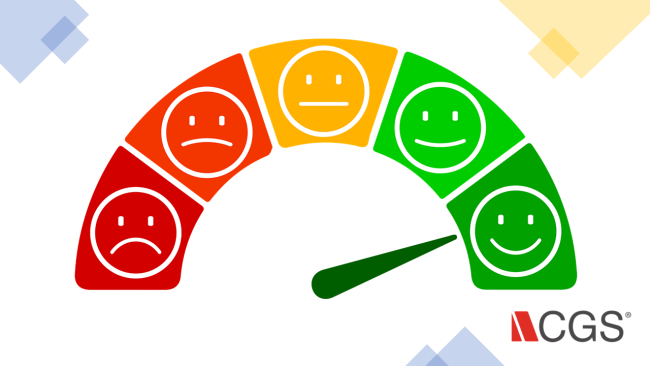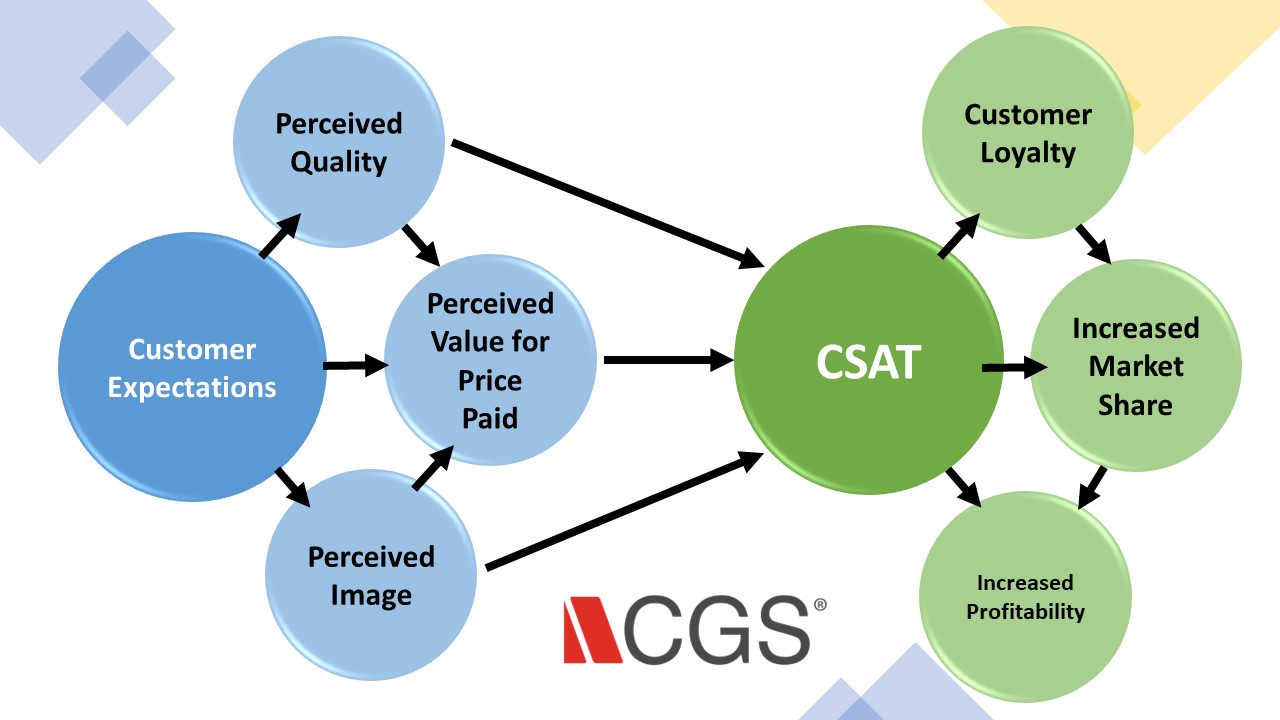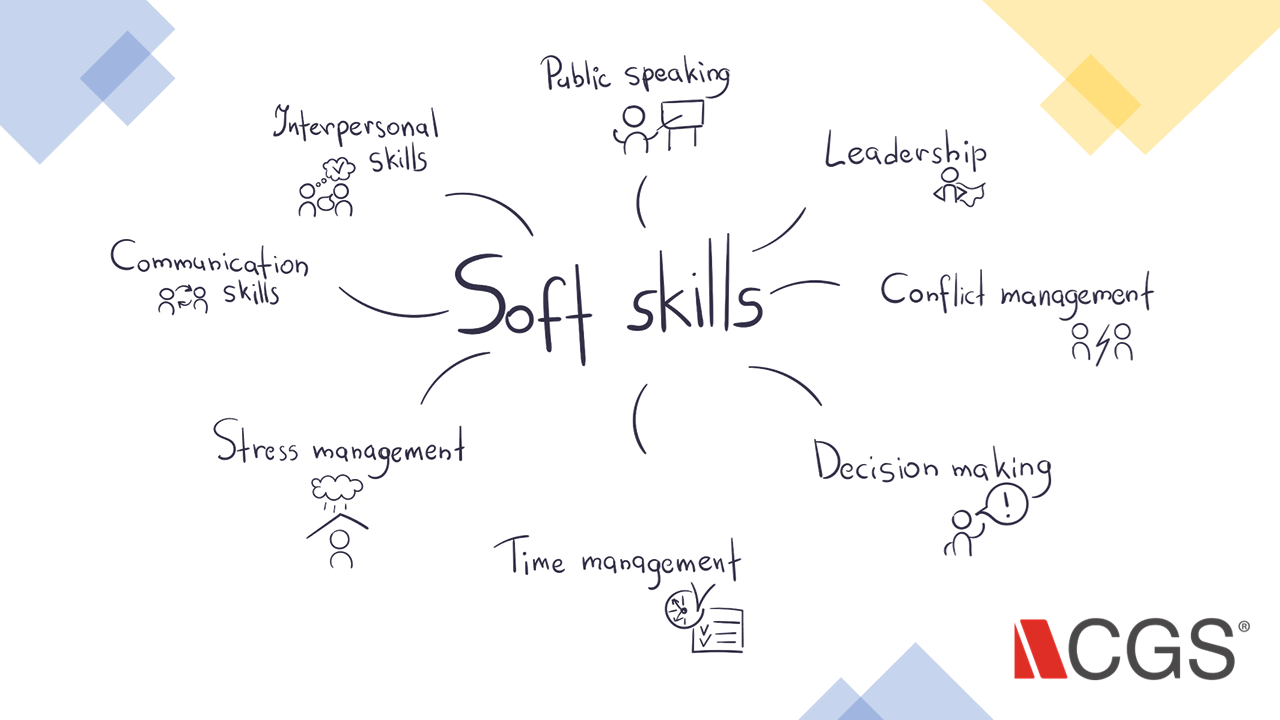Topics
L&D's Role in Customer Support Training and Customer Satisfaction

It’s no secret that great customer service positively impacts company performance.
Customers with positive experiences spend 140 percent more than those with poor experiences, service is the #1 factor impacting vendor trust, and even slightly above average service leads to higher sales growth. The research makes sense – satisfied customers lead to more sales.
The exceptional service that leads to long-term brand profitability begins with well-trained employees. Learning and development (L&D) executives play an important role in establishing a baseline of skills that enable strong customer service and customer experiences.
This shift in focus is reflected in our 2022 survey of Learning professionals. Customer service and conflict resolution is the #3 priority/metric that L&D professionals say their programs need to address while working with lines of business executives. This emphasis on customer service has moved up significantly, from eighth to third place. This change could represent how challenging it has been to provide a great customer experience over the past two-plus years. As these challenges hopefully become more manageable, we'll see a more proactive shift to provide customers with higher service quality.
In training and providing for customer service and CX excellence, the starting point is a solid understanding of how customer satisfaction is measured in many organizations.

HOW IS CUSTOMER SATISFACTION COMMONLY MEASURED?
Net Promoter Score (NPS) is a customer loyalty metric based on a customer’s willingness to recommend a product or company to friends or colleagues. Customers are presented with the “ultimate question” which asks, “How likely are you to recommend [product/company X] to a friend/colleague?” based on a scale of 0 (not likely) to 10 (extremely likely). The more promoters (people scoring 9s or 10s), the higher the customer loyalty.
Customer Effort Score (CES) focuses on reducing the effort in service interactions by assigning a scale of 1 (very low effort) to 5 (very high effort) for the question “How much effort did you personally have to put forth to handle your request?” This metric is also a loyalty metric that indicates a customers’ intention to keep doing business with the company.
Customer Satisfaction (CSAT) is a simple, common survey approach used to gauge customer response to recent interactions. CSAT asks customers to answer the question, “How would you rate your overall satisfaction with the service you received?” on a scale from 1 (very unsatisfied) to 5 (very satisfied).

HOW CAN L&D DRIVE IMPROVED CUSTOMER SATISFACTION?
Learning and Development’s role is to establish and enhance the baseline of skills employees need to deliver strong customer service. Once L&D leaders know how customer satisfaction is measured, they can determine exactly which metric needs improvement. Following standard needs assessment processes (e.g., ADDIE, SAM), they can identify which behaviors need to be developed. In most cases, customer satisfaction begins with exceptional “soft” skills and deep product knowledge.
Realize that “soft” skills are really hard skills. The critical skills in customer service are sometimes easier to hire for than to train. As part of improving customer satisfaction, L&D executives should look upstream at recruiting and hiring processes to seek new hires with strong existing service skills. Especially during the Great Resignation, finding employees strong in empathy, positivity, patience, clarity and improvement isn’t easy, so companies also need to invest in building these competencies.
Examples of Proactively Building Soft Skills:
- Apple’s training manual highlights the definition and importance of empathy using the “Three F’s” (Feel, Felt, Found) for handling difficult customers. Buffer, a social media management company, teaches employees how the subtle differences in language can impact a customer’s perception of support. Replacing negative phrases with positive ones can dramatically alter how customers receive messages.
- Salesforce teaches their staff about how to break difficult concepts down into simple, easy-to-understand points so they can communicate effectively with a range of customers regardless of their experience. Basic empathy and communication skills can positively impact customer satisfaction scores.
L&D should also provide human and technical performance support beyond initial training. Behavior change extends past onboarding and traditional instructor-led training sessions, so it’s critical to provide appropriate reinforcing mechanisms to ensure behaviors are implemented once training is completed. As a part of training, teach employees about the support that is available to them. Assign them exercises that require them to dig into the knowledgebase to find ways to solve customer issues in a mock setting. Assign them an experienced employee as a mentor who can serve as a resource, as well as a tester to determine when the new employee is ready for the front lines.
Emerging technology, such as augmented reality (AR), can also bolster initial product training. New employees can experience on-demand learning that allows them to see, feel and experience training using virtual objects and environments.. Toshiba Global Commerce Solutions worked with CGS to build a remote learning program that uses AR to provide technicians hands-on experience with equipment from the home or office. AR can help to improve service delivery performance, scale up real-time support for equipment as needed and improve outcomes by leveraging data.
As L&D becomes more familiar with and takes on the metrics of customer satisfaction, they can tailor learning solutions to help improve specific behaviors and business outcomes. A focused learning effort on improving customer service can have a dramatic impact on the company’s bottom line.
More Insights and Advice
Curious about more trends and technology being used by your L&D peers across dozens of industries and brands? Get your copy of CGS’s Proactively Planning: 2022 Enterprise Learning report.

